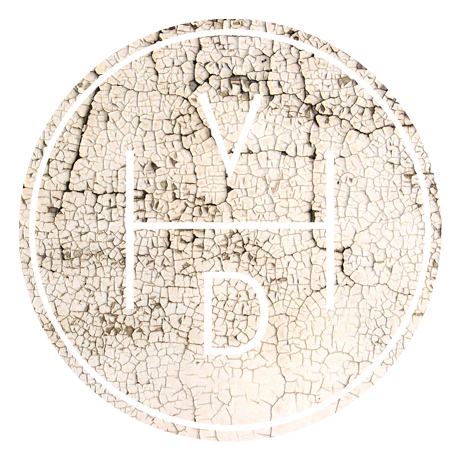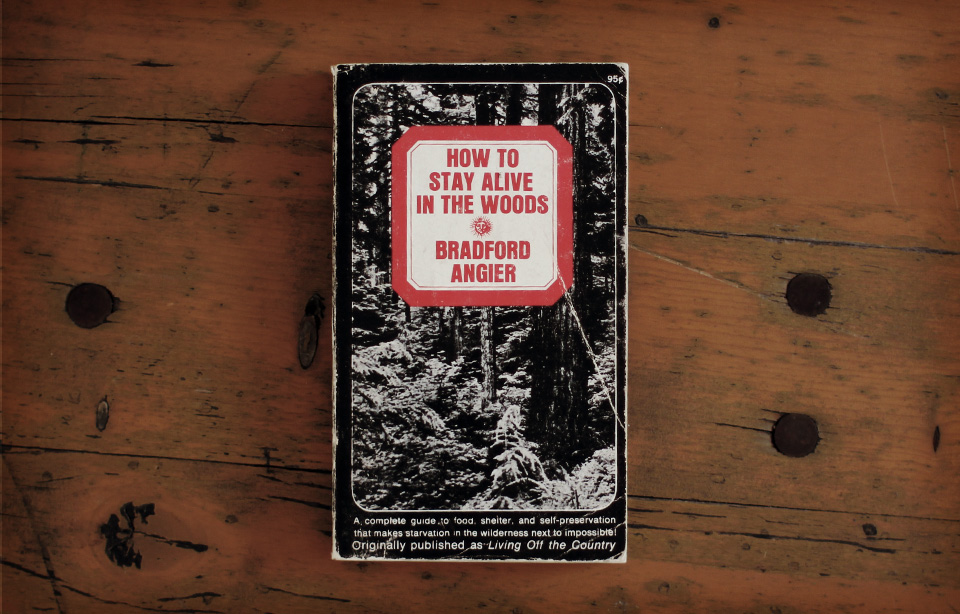Bradford Aniger - How To Stay Alive In The Woods, 1956
A tip from Bradford Angier, one of the godfathers of outdoor writing. This is from "How to Stay Alive in the Woods" first written in 1956, it is common knowledge how to use a watch to find north, but if we reverse the principle it is also possible to set your watch by using a compass.
Tip 007 – Setting Your Watch Using A Compass.
“If we are in the United States or Canada and want to set a watch, let us ascertain by compass which way is due south. Then using the shadow to help us keep the hour hand of the watch pointed at the sun, let us turn the hour hand until south lies midway along the shorter arc between it and the numeral twelve. The watch will then be set within a few minutes of the correct local standard time.”







